By Mark Ellis –
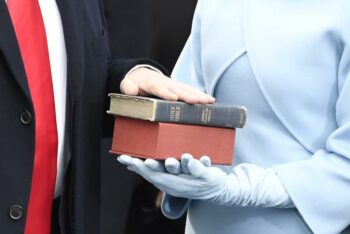
A video loosely connected to a Christian college went viral after the school’s president delivered an inspiring message about a Bible given to Donald Trump by his mother that bore a historical connection to a revival off the coast of Scotland on the island of Lewis in the Hebrides.
To add a dramatic conclusion to the story, it was said the revival Bible was now sitting in the Oval Office, leading some to see it as a sign of impending revival in America.
The only problem is that none of the key facts in the story could be verified, and the Bible given to President Trump by his mother is now sitting in The Museum of the Bible – not the Oval Office — and was printed after the revival took place. The school asked the creator of the video to remove it from the Internet, not wanting to face a politically-motivated backlash from it.
The actual Hebrides Revival or Lewis Awakening took place between 1949 and 1952 at a time when the church on the island was complacent and slumbering, if not dead. Young people were turned off by the church, with many alienated by a legalistic spirit. Duty rather than devotion led to a lifeless expression of faith.
In 1949, two elderly sisters, Peggy and Christine Smith, one nearly blind and the other bent over by stenosis, began to pray the Lord would bring revival, according to an account of the revival written by Chet Swearingen at Beautiful Feet, a revival ministry.
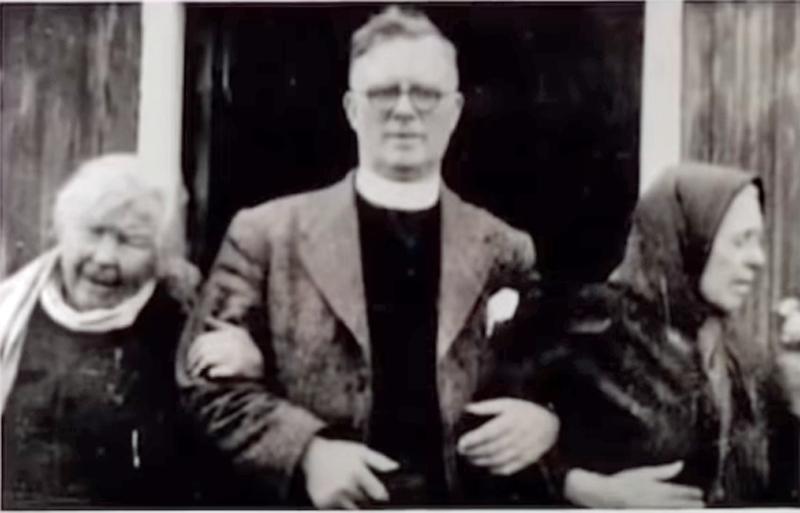
They prayed fervently in their small cottage two to three nights a week. Peggy received a vision of her church filled with young people and an unidentified pastor leading the awakening.
Peggy encouraged her minister in the town of Barvas, Rev. James Murray MacKay, to exhort other church leaders in the area to pray in the same vein.
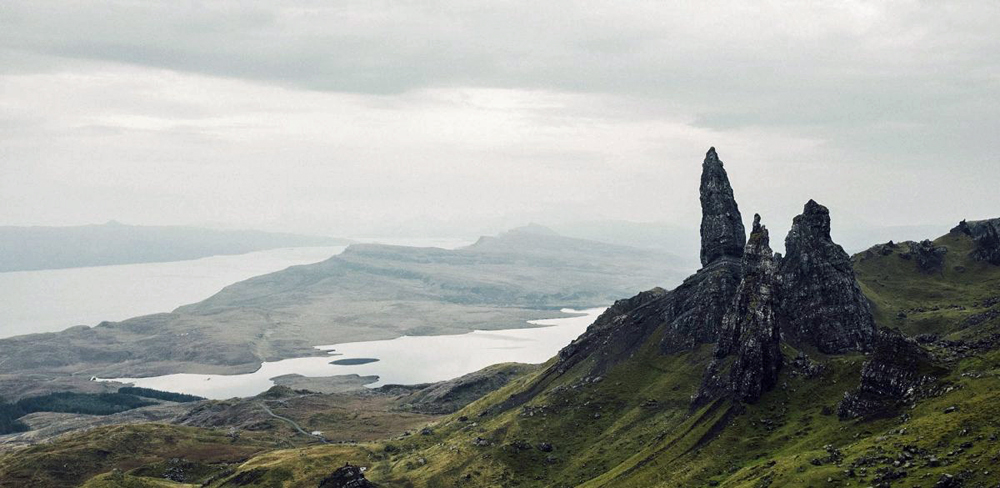
MacKay organized a group of pastors and they developed a resolution to all the Free Churches of Scotland, stating their concern for the “barrenness of the parishes,” urging everyone to “turn again unto the Lord whom we have so grieved with our waywardness and iniquities.” They asked for many to be “visited with a spirit of repentance.”
Weeks of prayer followed the resolution, sometimes in unheated buildings during the winter. There was a growing sense of desperation for God to move in their midst with power.
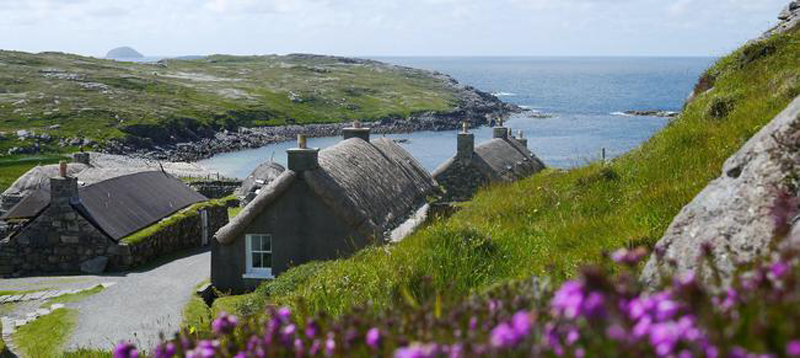
One night at a prayer meeting in a barn a young deacon read from Psalm 24:3-5.
Who shall ascend into the hill of the Lord?
or who shall stand in his holy place?
He that hath clean hands,
and a pure heart;
who hath not lifted up his soul unto vanity,
nor sworn deceitfully.
He shall receive the blessing from the Lord,
and righteousness from the God of his salvation.
When he closed his Bible he asked “if we ourselves are not rightly related to God?”
Then he prayed, “God, are my hands clean? Is my heart pure?”
The meeting went on past midnight and about 3 a.m. the Holy Spirit fell with power, not only on their assembly but also on the surrounding village, according to the account written by Beautiful Feet.
The intercessors left the barn before daylight and were shocked to find men and women kneeling along the roads, “crying out to God for mercy.” Almost every home had their lights on. People could not sleep because the Holy Spirit broke into their lives in such a powerful, unexpected way.
Shortly after that, Peggy Smith asked Rev. MacKay to invite an evangelist to come and preach on the island.
MacKay contacted Scottish evangelist Duncan Campbell and asked him to come, but he turned down the offer three times, because he was in the middle of an evangelistic tour on the island of Skye and many were being saved.
When Peggy Smith heard Campbell had declined she said, “Mr. MacKay, that is what the man is saying. But God has said something else and he will be here within a fortnight.” (14 days)
Due to an unexpected turn of events, one of Campbell’s upcoming engagements was cancelled, so he accepted MacKay’s invitation and arrived on the island of Lewis within 10 days. When Campbell landed on the pier he was greeted by the minister and two church leaders, who took him to the church in Barvas to address the congregation at 9 p.m.
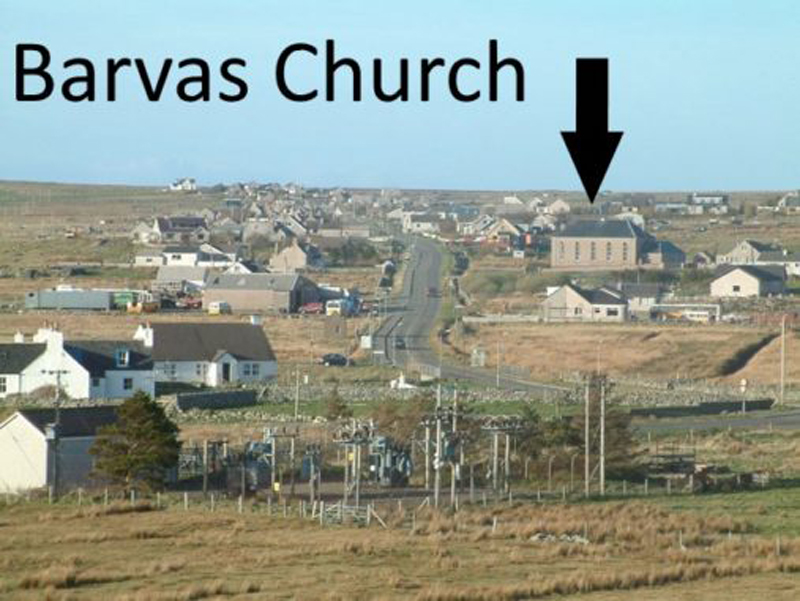
Three hundred people were gathered, Campbell preached, but nothing of note happened and the service ended at 10:45.
After everyone left the church, a young deacon said to Campbell: “Nothing has broken out tonight, but God is hovering over us. He is hovering over us and he will break through any moment.”
The young man lifted his hands and began to pray, “God, you made a promise to pour water on the thirsty and floods upon the dry ground and you are not doing it.” He began to intercede until he collapsed on the floor.
At around 11 p.m. the back door of the church opened and a man entered saying, “Mr. Campbell, something wonderful has happened…we were praying that God would pour water on the thirsty and floods upon the dry ground and listen, He’s done it! He’s done it! Will you come to the door and see the crowd that is here?”
When Campbell opened the door he couldn’t believe his eyes. A crowd had mysteriously assembled that no one had invited. They had been drawn sovereignly by God!
When the clock struck midnight the church was filled by the invisible hand of God!
That same night there were about 100 young people at a dance at the county hall. During the dance the Holy Spirit fell on them (at the time the deacon was praying at the church).
The music at the dance halted abruptly and the young people suddenly were overcome by the conviction of the Holy Spirit. They ran out of the dance as if they were “fleeing from a plague,” and made their way to the church.
“In addition to these 100 young people, there were hundreds more who had already been in bed but simultaneously, without any explanation, got out of bed, dressed themselves, and went running to the church,” according to Beautiful Feet.
The hunger and thirst for God seemed to overtake everyone in the area. At the church there were 800 people packed in singing psalms. “People in the aisles and in the pews were on their knees, crying out for God to have mercy.”
That meeting went through the night until 4 a.m. “There were no altar calls nor appeals to accept Christ. It was just a sovereign work of God. Several of those saved that night became ministers.”
At 4 a.m., someone asked Duncan Campbell to go to the police station, because people were gathering there. As he walked to the station, he saw people all along the road, kneeling and crying out to God in repentance, pleading for mercy.
When he got to the station, he was shocked to find a crowd of 300 had inexplicably gathered themselves and were crying out to God.
“Many of those assembled had come in buses from locations up to 12 miles away. When asked why they had come there, they didn’t have an answer. They just said they had a hunger in their heart to go to the village of Barvas (where the church was located),” according to Beautiful Feet.
Why did they go at the police station? The cottage of Peggy and Christine Smith was next to the police station, and some thought that might have produced a Holy Spirit magnet drawing their souls.
On the second night of Duncan Campbell’s ministry at the Barvas church, people from all around the island came and the church was packed. Some were converted before they even arrived at the church. During Campbell’s sermon people were crying out forcefully, burdened by the weight of sin.
The revival spreads
The revival ministry continued in the county for five weeks before it spread to adjacent counties. Duncan Campbell would commonly preach four to eight sermons a day, in churches as well as in fields and along the shore. Some services were scheduled to begin as late (early) as 3 a.m.
In the village of Arnol, there was opposition from other Christian ministers, so about 30 pro-revival ministers went to a local farmhouse and began to pray.
At midnight, Campbell told a man in that farmhouse that God wanted him to lead in prayer. That man then prayed for about 30 minutes straight, then paused, looked up to heaven and said:
“God, do You know that Your honor is at stake? You promised to pour water on the thirsty and floods on the dry ground, and God, You are not doing it. There are five ministers in this meeting, and I don’t know where a one of them stands in Your presence, not even Mr. Campbell. But if I know anything at all about my own poor heart, I think I can say, and I think that You know, I stand before You as an empty vessel, that I’m thirsty! Thirsting for Thee and for a manifestation of Thy power. I’m thirsty to see the devil defeated in this parish (county of Arnol). I’m thirsty to see this community gripped as You gripped Barvas. I’m longing for revival and God, You are not doing it! I am thirsty, and You promised to pour water on me.”
Then after a pause, he said, “God, Your honor is at stake, I now take it upon myself to challenge You to fulfill Your covenant engagement!”
“With that the granite house ‘shook like a leaf.’ A jug on a sideboard fell onto the floor and broke. The dishes on the dresser rattled. Then, as Campbell testified, ‘wave after wave of divine power swept through the room.’”
At the same time the Spirit of God swept through the village and people were jolted awake, got dressed, and made their way to the church—crying out for God to have mercy.
Donald McPhail, a 16-year-old from Arnol, was converted that night. “It is believed that more souls were brought to Christ through his prayers than through the sermons of all the ministers on the island. Sometimes he would be asked to pray, and he would mention but one word, “Father,” and everyone would melt into tears,” according to Beautiful Feet.
(In the Trump Revival Bible story, it was said that President Trump was named after this young man, but since President Trump was born in 1946 and this young man came to Christ in 1950, that would be impossible.)
Consider the following characteristics of the revival that took place in the Barvas church, according to Beautiful Feet.
►People walking up to the church services went silent. There was no talking as they entered the church and sat down. The presence of God created a fear, and it was so real that some said it sent shivers down their spines.
►Not long after being seated in the church, people would begin weeping. For some, the tears were due to an overwhelming love of God. For others, it was due to the conviction of sin.
►The singing was of the Psalms only. No instruments were used. The singing was by the congregation only (no solos, duets, quartets, or choirs). The language used was Gaelic.
►Some testified that they were drawn to the services by the power of God, against their will.
►The drawing power of God blanketed the island of Lewis. This power created a longing for God, a hunger for His Word, and an overwhelming conviction of sin—leading many to accept Christ as their Lord and Savior.
►People didn’t want to depart from the church services.
If you want to know more about a personal relationship with God, go here
For more about the Hebrides revival, go here

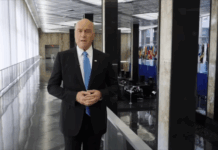
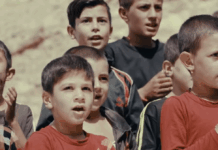

Too bad about the Bible. Such an electrifying testimony. Oh well. Too bad the preacher got it wrong.
Comments are closed.